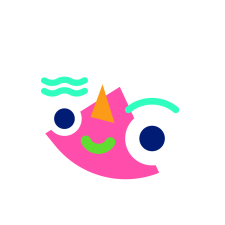Steamをインストール
ログイン
|
言語
简体中文(簡体字中国語)
繁體中文(繁体字中国語)
한국어 (韓国語)
ไทย (タイ語)
български (ブルガリア語)
Čeština(チェコ語)
Dansk (デンマーク語)
Deutsch (ドイツ語)
English (英語)
Español - España (スペイン語 - スペイン)
Español - Latinoamérica (スペイン語 - ラテンアメリカ)
Ελληνικά (ギリシャ語)
Français (フランス語)
Italiano (イタリア語)
Bahasa Indonesia(インドネシア語)
Magyar(ハンガリー語)
Nederlands (オランダ語)
Norsk (ノルウェー語)
Polski (ポーランド語)
Português(ポルトガル語-ポルトガル)
Português - Brasil (ポルトガル語 - ブラジル)
Română(ルーマニア語)
Русский (ロシア語)
Suomi (フィンランド語)
Svenska (スウェーデン語)
Türkçe (トルコ語)
Tiếng Việt (ベトナム語)
Українська (ウクライナ語)
翻訳の問題を報告




 Germany
Germany 


















































People's hands and feet have the same shape: they both have five digits (the fingers and toes). Many other animals with backbones also have five digits. The part of the foot which joins it to the leg is called the heel. The bottom of the foot is called the sole.
Many people like to use footwear, especially outside. It has special names, for example sandals, shoes, and boots. When people always wear footwear, especially in hot places or when they are very active, their feet can smell badly (foot odour). Wearing footwear that is too big or small can be bad for the feet. People who have foot, leg, and back problems can also get help from special shoes.
- beinhaltet Themen wie: Geschlechterrolle, Geschlechtsgerechtigkeit, Rollenfindung, Sexualität, ♥♥♥♥-, Hetero-, Transsexualität, traditionelle und moderne Rollenbilder
- noch immer 70% der Führungskräfte männlichen Geschlechts
- Vollzeitbeschäftigung 2018: 27% weiblich, 94% männlich
- Gender/Rollenzuschreibung sind kulturell abhängig
- Sozialisation, Vorbilder prägen dieses Bild
- Zusätzlich prägen äußere Merkmale Genfer, bspw. Kleidung, Rituale, Verhalten gegenüber Frauen und Männern, gesellschaftlicher Umgang -> dies macht Menschen zu Männern oder Frauen in jeweiliger Gesellschaft, Kultur, Soziokultur, sodass ihre Interessen dem zugewiesenen Geschlecht entsprechen